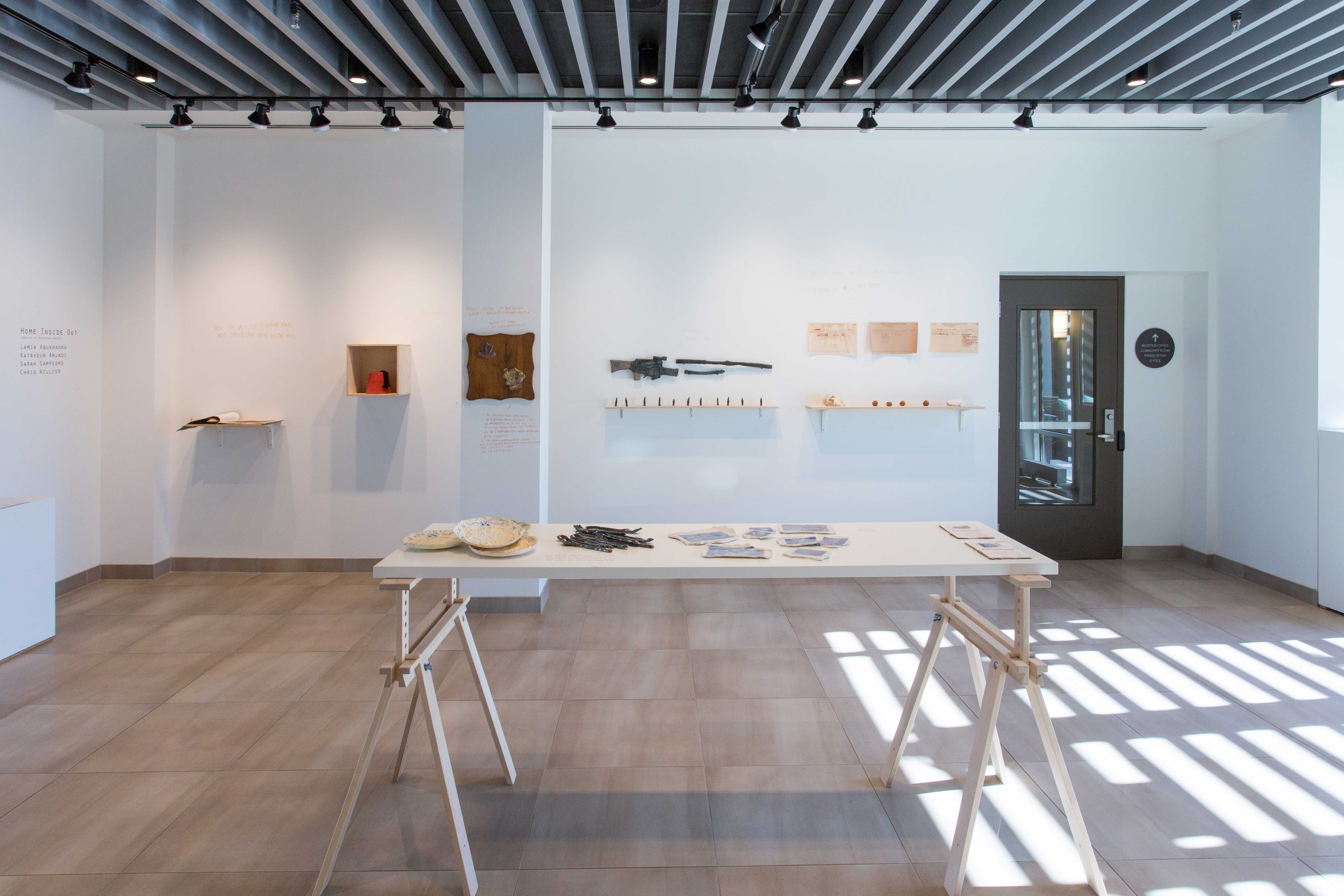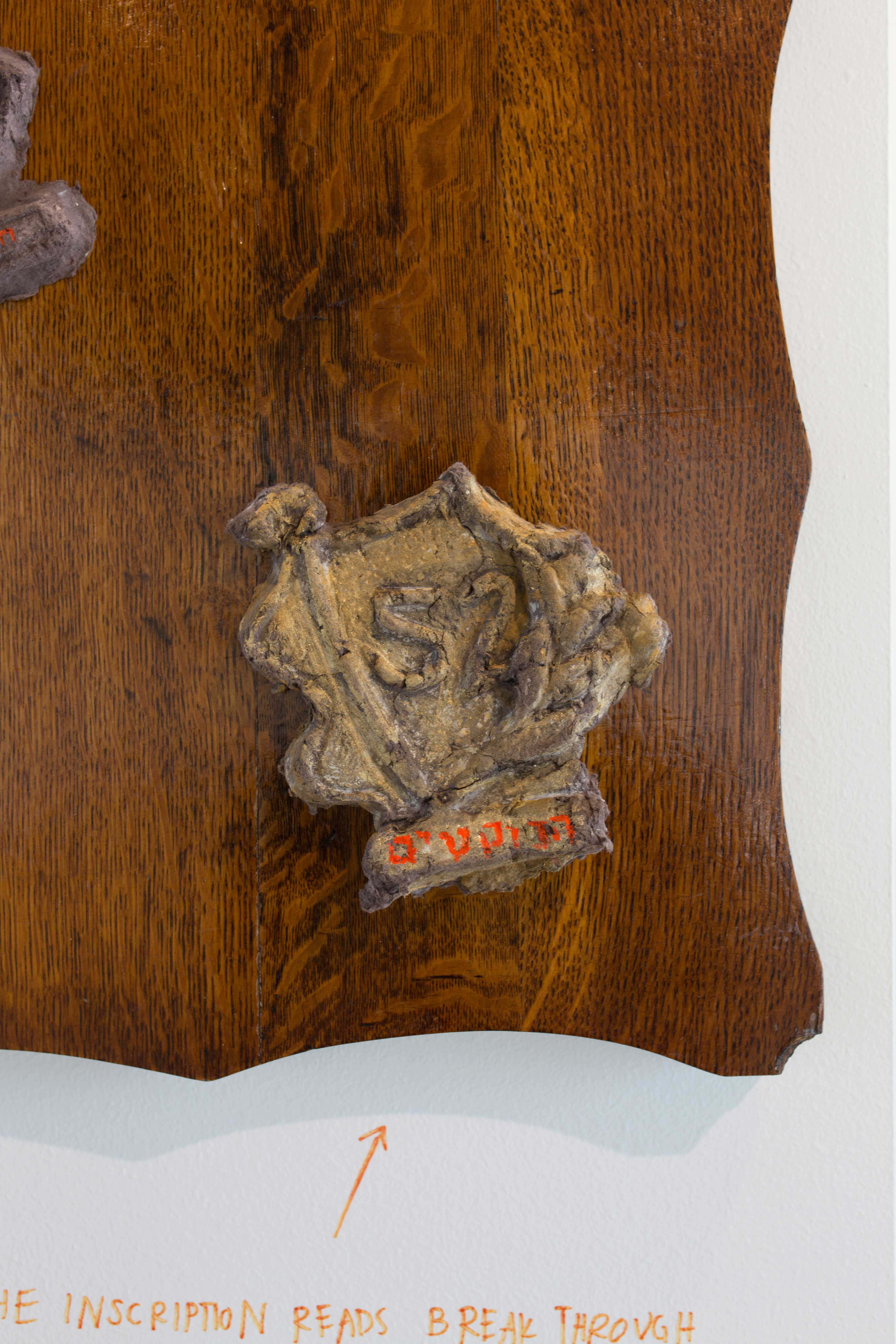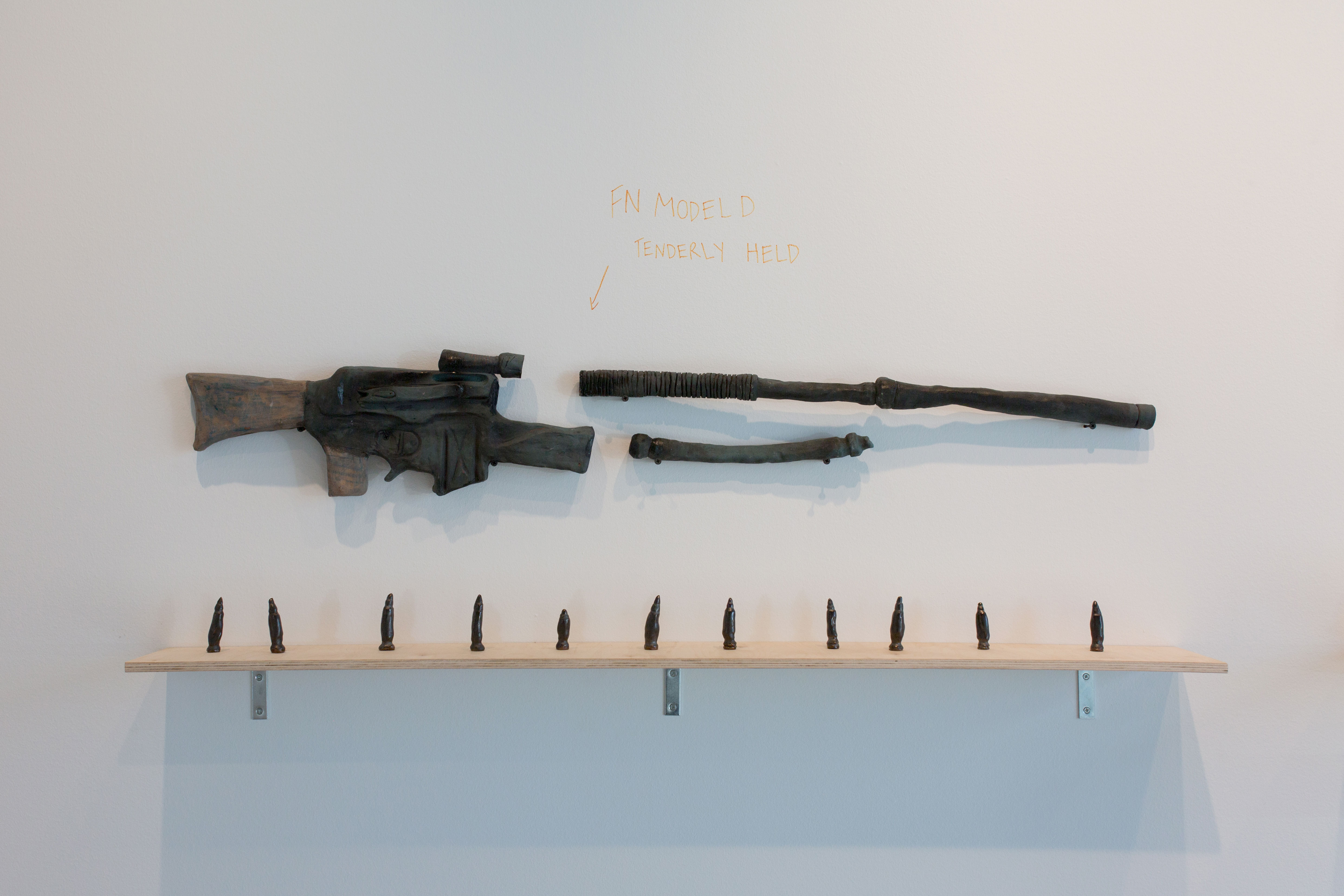The House on the Hill

Installation for Home Inside Out at Waiting Room
2018
Pictured: You Sat at the Fountain While You Stole the House on the Hill, Ultimate Archival, Trophy, FN Model D; Tenderly Held,Bullets/Medals Adorn Chests in Different Ways, Do You Want the Deed to My House? I Have it in Every Form, Pass(t) Due to Iffat Taji;
Pass(t) Due to Me, The Taji Family's Fine China, Silverware, Two Medals from Haganah Militia; 52nd Battalion Givati Brigade
This project began as an accidental encounter. While looking for old photographs of a family home in Wadi Hunayn, Palestine, I stumbled onto strange images of armed men in military dress and jeeps in front of the house. Even stranger, on top of each man’s head was fez. Upon further research, I realised that the images were dated to 1948, the year my family was forcibly displaced, and the captions written in Hebrew translated to “Haganah liberating the house on the hill.” These images and their captions presented a triumphant perception of reality that contradicts the one I know.
In 1948, the house belonging to the Taji family in Wadi Hunayn was stolen by a militia. My family’s belongings were looted; the fezzes the militia men were wearing belonged to my great great grandfather. My family was never allowed to return to the dwelling again.
Using strategies employed by Rona Sela, Saidiya Hartman, and Ariella Azoulay, I critically read material on Wadi Hunayn present in Israeli and Palestinian digital archives, and contextualized them within family oral histories. I engaged in critical fabulation; fabricating artifacts relevant to my family’s life and theft of livelihood and creating a temporal space in which histories actively held hostage and erased re-emerge or are preserved. The artifacts, made with materials they would not normally be made with, dismantle narratives that cultivate and celebrate acts of settlement in Palestine and occupy modes of indigenous historiography.















Photography by Easton Green